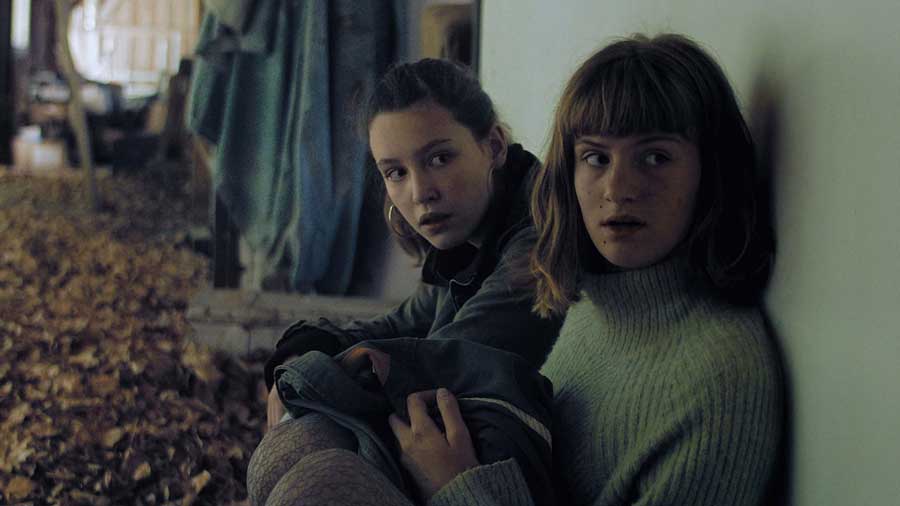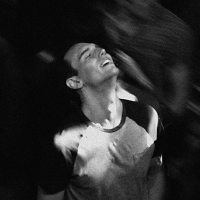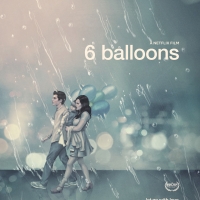Nothing beats those adolescent years in terms of attempting to craft one’s identity yet not wanting to stray too far from the herd mentality. Based on the novel by Danish writer Janne Teller, Nothing is a chilling coming of age tale of the horrors that can ensue when a peer’s nihilistic outlook on life becomes near contagious and escalates into savage territory. Director Trine Piil Christensen’s film stars a compelling cast of budding teenagers that are persuaded to question the meaning of life after one of their classmates quits school, debating what the point of anything in life is. As his friends set out to prove him wrong, they create a “heap”, otherwise known as a pile of tangible and symbolic personal belongings, that they associate as meaningful in their life. Things spiral and take a dark turn as the requests for giving up a personal ‘item’ of their own eventually cross the line.

In a similar realm to Lord of the Flies, this existential thriller plays beautifully with the psychological and dual nature of jumping on the bandwagon lest your peers excommunicate you versus refusing to conform. After quitting school, Pierre (played by Harald Kaiser Hermann) is seen as an almost god-like figure, perched high on a tree and waxing philosophical about how life’s events and material possessions are meaningless. Told mostly through the lens of Agnes (Vivelill Søgaard Holm), she seems simultaneously to admire him as well as determined to prove him wrong. When the rest of the classmates gather to surrender an item of theirs that serves a personal purpose to them, Agnes is up to the plate first. Her love of fashion and design have her friends forcing her to give up her shoes, a prized possession we assume she must have crafted or designed from hand. As each student takes their turn, the film escalates from a pile of shoes to religious, patriotic, familial and sexual submissions with seemingly no end in sight.
Christensen’s film is largely rid of adults and authority figures. Aside from some conversational scenes with parents and with their classroom teacher, most enter the picture when it’s too little too late or have very little effect in garnering a sense of morals within the teenagers. The peers only have each other to rely on in the world Nothing has crafted, or what a news anchor refers to as “the voice of a neglected generation”. Gaining fame and recognition for their "heap", their harrowing submissions become a piece of artwork, the classmates using this fact to their advantage by convincing themselves it was all worth it. Nothing’s unsettling tale of adolescent peer pressure and attempt to find meaning and identity is a convincing spiral of how youth (then again perhaps the majority of society) will stop at almost nothing to attempt to prove their individual worth while simultaneously adhering to the crowd.




